When trains exhale their steam under the grand Parisian glass roof, Claude Monet transforms the tumult of progress into visual poetry. In La Gare Saint-Lazare, the impressionist painter captures the soul of a vibrant place, where emerging modernity is dressed in diffuse light and metallic reflections. Between the clamor of locomotives and the sparkle of fogged windows, Monet does not paint a scene, he restores an atmosphere, a breath, a Parisian heartbeat.
This work, both urban and evanescent, stands out as a masterpiece of railway impressionism, blending the movement of machines with the suspended silence of contemplation. It attracts today both art lovers and decoration enthusiasts in search of a monumental painting, both historical, aesthetic, and deeply emotional.
🕰️ Historical context – When Claude Monet immortalizes the Gare Saint-Lazare in 1877
In 1877, Claude Monet settled a few steps from the Gare Saint-Lazare, one of the oldest and most emblematic Parisian train stations. Fascinated by this place of excitement, modernity, and transition, the artist finds an unprecedented source of inspiration there. At that time, Paris vibrates to the rhythm of the industrial revolution: the city expands, trains connect regions, and glass and steel architecture reshapes urban landscapes.
It is in this context that the famous Gare Saint-Lazare Monet series is born, a suite of twelve canvases where impressionist painting Gare reaches a form of maturity. More than a simple realistic representation, Monet captures smoke, steam, filtered light, the fleeting impressions of a place in perpetual change. The Claude Monet of 1877 is no longer just a painter of nature: he becomes a witness to the modern world.
Through these works, Monet introduces the train as a pictorial subject in its own right, ennobling an industrial theme into Monet's masterpieces now exhibited in the greatest museums, particularly during numerous Monet Gare exhibitions.
🎨 Artistic analysis – A vibrant work between steam and light
Claude Monet The Gare Saint-Lazare stands out for its ability to represent the ephemeral. In this painting, the viewer's gaze gets lost among the columns of smoke, the moving reflections, and the barely sketched silhouettes. The artist does not seek to faithfully reproduce the scene: he conveys what the eye perceives in an instant, in an atmosphere saturated with filtered natural light and industrial steam.
The heart of the canvas is animated by the moving train, drowned in a blue-gray fog, evoking both progress and uncertainty. The metallic architecture of the Gare Saint-Lazare serves as a geometric backdrop to an almost abstract scene, where the color spots replace sharp outlines. Monet's quick and fluid brushstroke captures the moment, like a breath taken in the heat of the moment.
The tones used oscillate between cold blues, silvery grays, and bright yellows, giving the whole a vaporous, almost dreamlike atmosphere. This innovative pictorial style fully embodies station impressionist painting, where the subject dissolves into pure visual emotion.
This Monet painting of Paris, both urban and poetic, testifies to the artist's ambition: to paint not what he sees, but what he feels.
💭 Symbolism and emotions – When modernity becomes poetry
Beneath its industrial appearance, Claude Monet La Gare Saint-Lazare is a deeply human and symbolic work. The station, a place of passage and transformation, becomes here the theater of modern emotions: waiting, movement, uncertainty, fascination. Each train that enters or leaves symbolizes a departure, a hope, a change.
By depicting the trains of Paris in a halo of steam, Monet does not glorify the technique — he reveals its fragility. This 19th-century industrial atmosphere, painted softly, transforms mechanical power into a luminous, almost spiritual dance. The choice to render the figures blurry accentuates the effect of disappearance, as if everything were just a suspended moment.
Far from being cold, this station scene becomes a metaphor for the passage of time, for the changing urban life, for man facing an accelerating era. This deliberate blur, this diffuse light, and these vaporous contrasts convey a collective state of mind, a discreet yet palpable melancholy.
In contemplating this work, the viewer is invited to slow down, to feel, to get lost in the mist – and perhaps to find, in the heart of the tumult, a moment of silence and intimacy.
🖼️ The different versions of La Gare Saint-Lazare – A monumental series by Monet
Between January and March 1877, Claude Monet painted twelve paintings dedicated to the Saint-Lazare station, each capturing a different atmosphere, light, and viewpoint. This series reflects the artist's innovative approach: painting the same place at various times of the day, with unique effects of steam, light, and movement.
Among the most well-known works:
🎨 The Gare Saint-Lazare (1877, Musée d'Orsay, Paris)
Probablement la version la plus emblématique. On y voit un train entrant dans la gare dans un nuage de vapeur bleutée, sous une verrière partiellement illuminée par la lumière du jour. C’est cette peinture impressionniste gare qui a le plus marqué les esprits.
🎨 The Gare Saint-Lazare: arrival of a train (1877, Fogg Art Museum, Harvard)
Here, Monet emphasizes the dramatic effect of the black smoke and the movement of the train. The atmosphere is darker, more energetic, almost theatrical.
🎨 Gare Saint-Lazare (1877, The National Gallery, London)
Cette version se distingue par une lumière blanche.
🏡 Decor & gift ideas – A decorative train painting to enhance your interior
With its soft tones, industrial shades, and filtered light, Claude Monet The Gare Saint-Lazare stands out as a decorative train painting with a unique charm. Far from being austere, this work naturally finds its place in a Impressionist wall decoration where elegance meets history.
🌿 Where to place this artwork?
-
In a contemporary living room, it brings an artistic and airy touch, perfect for balancing modern furniture.

-
In an office or library, it creates an atmosphere of concentration and movement, conducive to reflection.

-
In an entryway, it evokes travel, transition, and the industrial atmosphere of the 19th century with subtlety.

-
In a Parisian-style interior, it fits naturally thanks to its references to Parisian salon art.

🎁 A high-end gift idea
Offering a Monet Gare reproduction is a rare and refined gesture. Whether for a birthday, a wedding, a housewarming, or a professional occasion, this painting evokes a taste for art, French culture, and a concern for detail. It is also an elegant nod to lovers of Paris, vintage trains, and impressionism in motion.
🖌️ Oil reproduction – The excellence of Alpha Reproduction
At Alpha Reproduction, each reproduction of Claude Monet's La Gare Saint-Lazare is much more than a simple copy: it is a hand-painted work of art, true to the spirit of the original. Our painters draw inspiration from every nuance, every light, every vibration of the canvas to recreate the impressionist magic with meticulous care.
🔹 What you receive:
-
🎨 Oil on canvas, just like in Monet's time
-
🎨 Hand-painted by artists specialized in impressionism
-
📜 Certificate of authenticity included
-
🖼️ Customizable formats, with or without framing
-
🪟 Custom frames, from classic to contemporary
Whether you are looking to buy Monet Gare Saint-Lazare for your interior, for a decoration project, or to gift a Monet steam canvas painting, you will benefit from Alpha Reproduction's museum-quality, serving artistic emotion.
And because art should live in your spaces, our custom framed Monet canvas fits perfectly into an industrial, Parisian, or contemporary atmosphere. Every detail matters, every effect of light is rendered accurately.
❓ FAQ – Everything you need to know about Claude Monet and La Gare Saint-Lazare
🔹 Why did Claude Monet paint the Gare Saint-Lazare?
Monet was fascinated by the modernity of the railway and the visual poetry of steam and light. In 1877, he decided to paint a series of paintings of the Gare Saint-Lazare, located near his temporary studio in Paris. He saw it as a symbol of urban transformation and modern rhythm, while exploring the typical atmospheric effects of impressionism.
🔹 How many paintings did Monet create of the Gare Saint-Lazare?
He painted twelve versions, each different in angle, light, colors, and composition. This Gare Saint-Lazare Monet series is one of the most coherent sets of his work.
🔹 Where can we see these paintings today?
Several museums preserve them: the Musée d'Orsay (Paris), the National Gallery (London), the Fogg Art Museum (Harvard), or the Musée Marmottan Monet. They often feature in Monet train station exhibitions around the world.
🔹 Is this painting suitable for interior decoration?
Absolutely. It is a impressionist train station painting for sale that brings an 19th-century industrial atmosphere, while maintaining an artistic lightness thanks to the effects of light. It is an impressionist wall decoration ideal for history and art lovers.
🔹 Can we buy a quality reproduction of this painting?
Yes. At Alpha Reproduction, we offer a hand-painted reproduction of Claude Monet, with customization of size and frame. It is a cheap Claude Monet wall art compared to the original, but with a museum-worthy finish.
🌟 Conclusion – What if Monet's poetry entered your home?
Claude Monet La Gare Saint-Lazare is not just a painting: it is a breath of history, a light suspended in time, a visual emotion to contemplate every day. By choosing a hand-painted reproduction of this monumental work, you bring into your home a whole slice of impressionist art in Paris, a living scene, soft and powerful at the same time.
Treat yourself – or gift those you love – to a journey through the steam, light, and silence of a moment captured by Monet. Transform your wall into a window open to the soul of an artist, and let the emotion speak for itself.
👉 Order your reproduction today, and let Alpha Reproduction bring your passion for art to life.
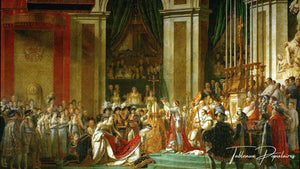
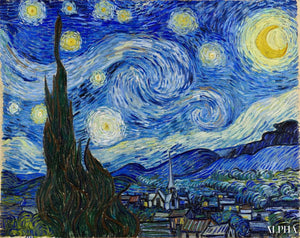
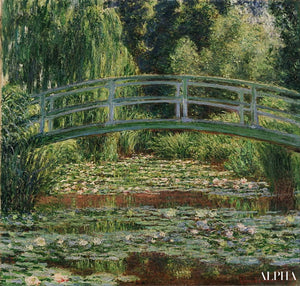

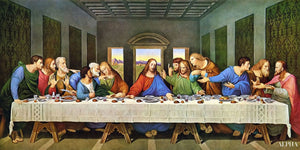

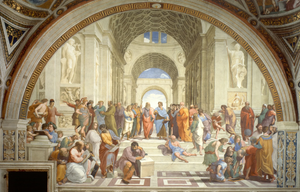
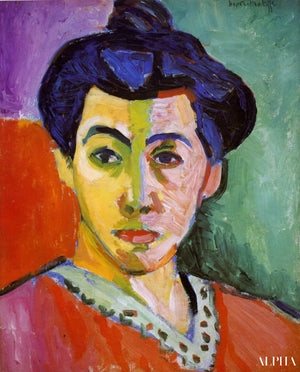
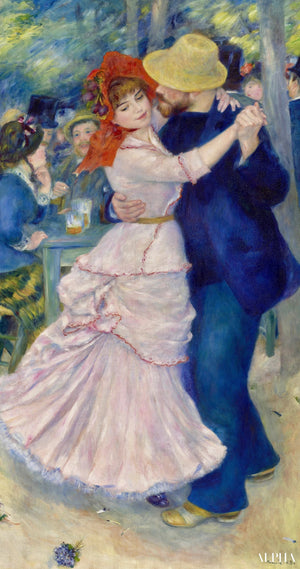
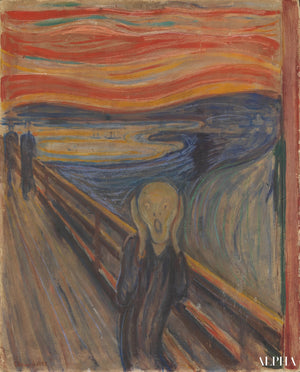
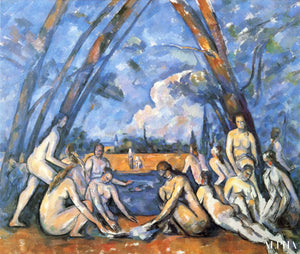
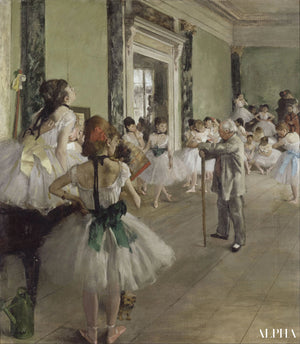



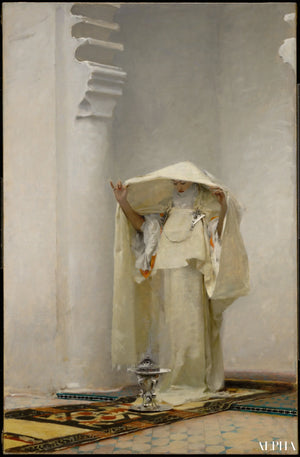

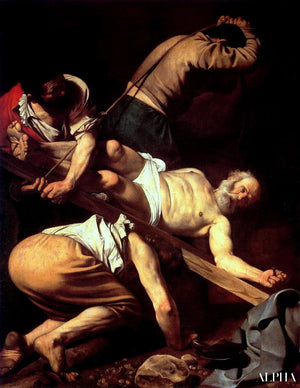

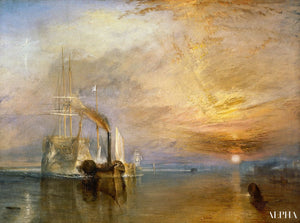





0 comments